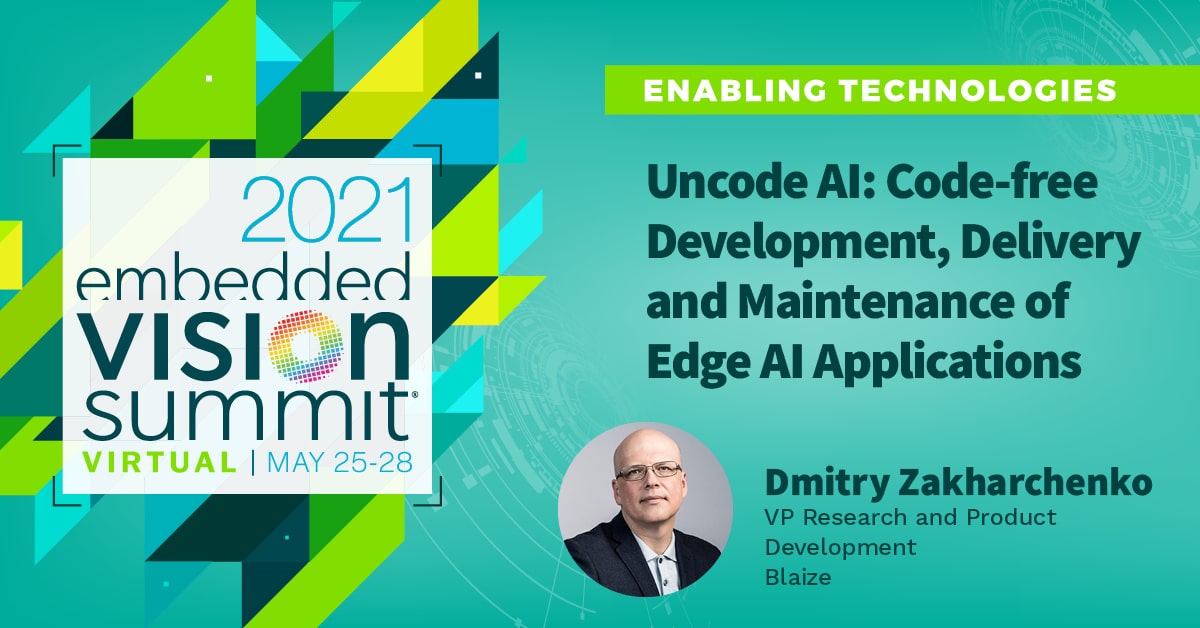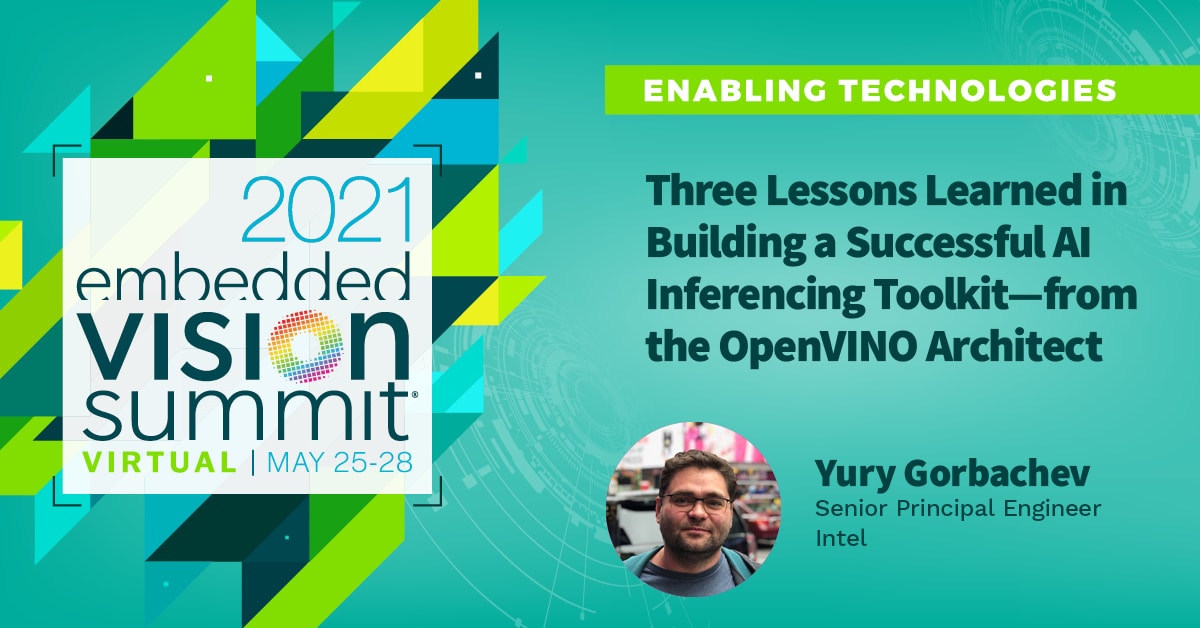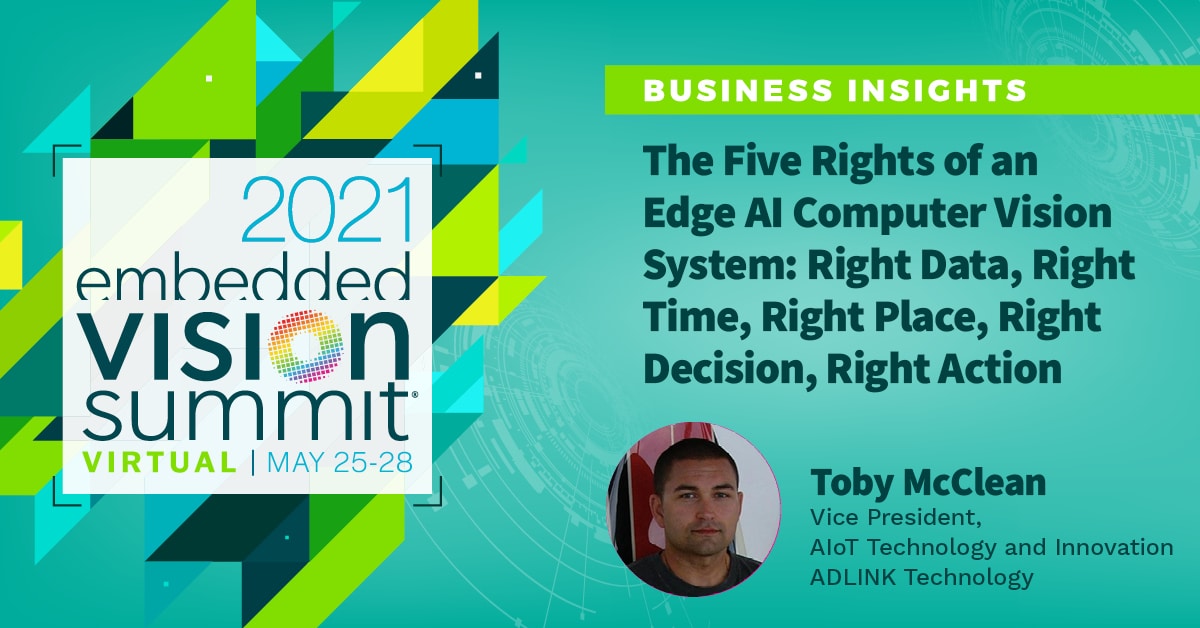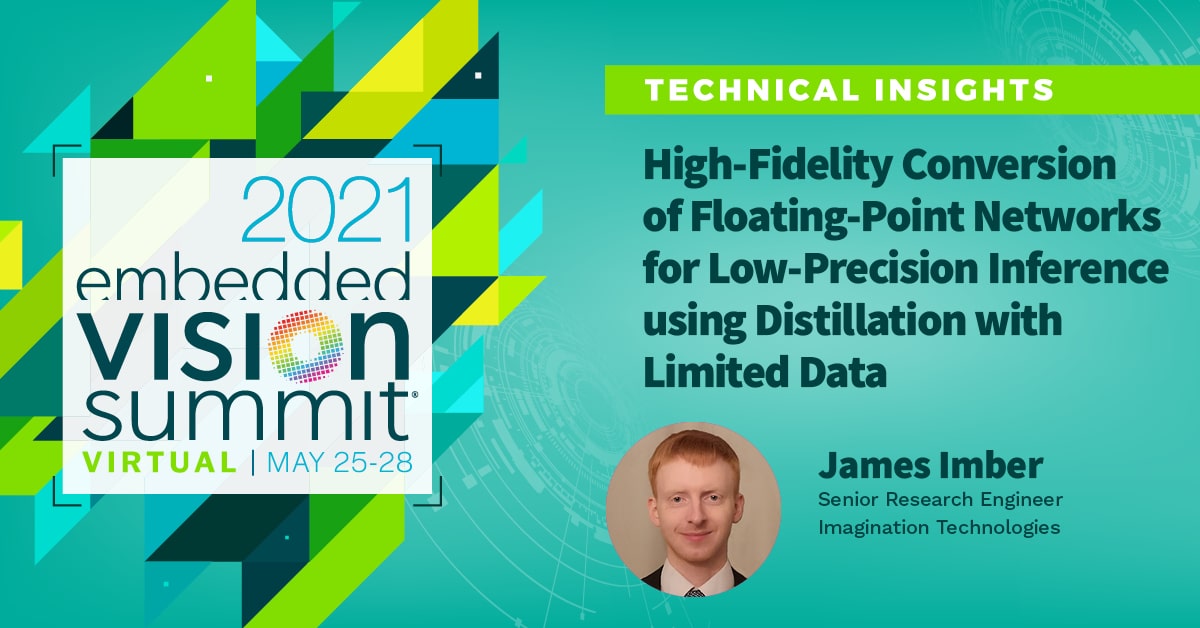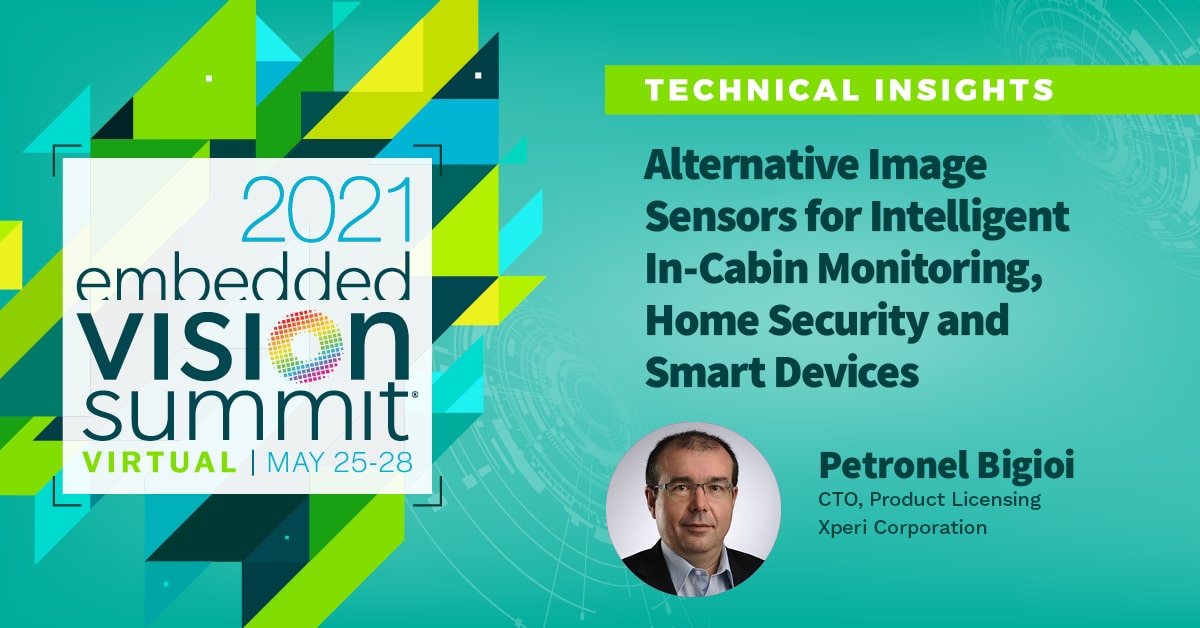The demos are a quick, easy way to meet top building-block technology suppliers and evaluate their latest processors, software, development tools and more. You may ask, “How does that work online?” Over the past year, we’ve run a bunch of […]
11:00 AM
Software is becoming the critical differentiator in AI edge app development and adoption. This presentation will examine a new approach for enterprises challenged to take AI edge products from idea to production fast, but lacking the right talent, tools and […]
We started with a simple vision in mind: “How might we get the best deep learning performance with real-world solutions deployed into production?” In this session, the lead architect of Intel Distribution of OpenVINO toolkit, Yury Gorbachev, will discuss the […]
The need for IoT edge applications has never been greater. But complex requirements and unique connectivity, security, and latency challenges impede progress and extend time to market for software developers. In addition, many solution developers face the challenge of scaling […]
Solutions builders and business decision-makers designing edge AI computer vision systems should focus on five key factors to ensure outcomes that deliver ROI. The Five Rights of an edge AI computer vision system are streaming the right data, at the […]
hxGraph is a high-level tool that enables users to develop computer vision applications using the OpenCV APIs and then target the application to run on the high-performance HyperX embedded processor. hxGraph accepts a Python program written using the OpenCV API […]
When converting floating-point networks to low-precision equivalents for high-performance inference, the primary objective is to maximally compress the network whilst maintaining fidelity to the original, floating-point network. This is made particularly challenging when only a reduced or unlabelled dataset is […]
The traditional approach for in-cabin-monitoring uses cameras that capture only visible or near-infrared (NIR) light and are designed to represent a scene as closely as possible to what a human expects to see at a constant frame rate. But visible […]


